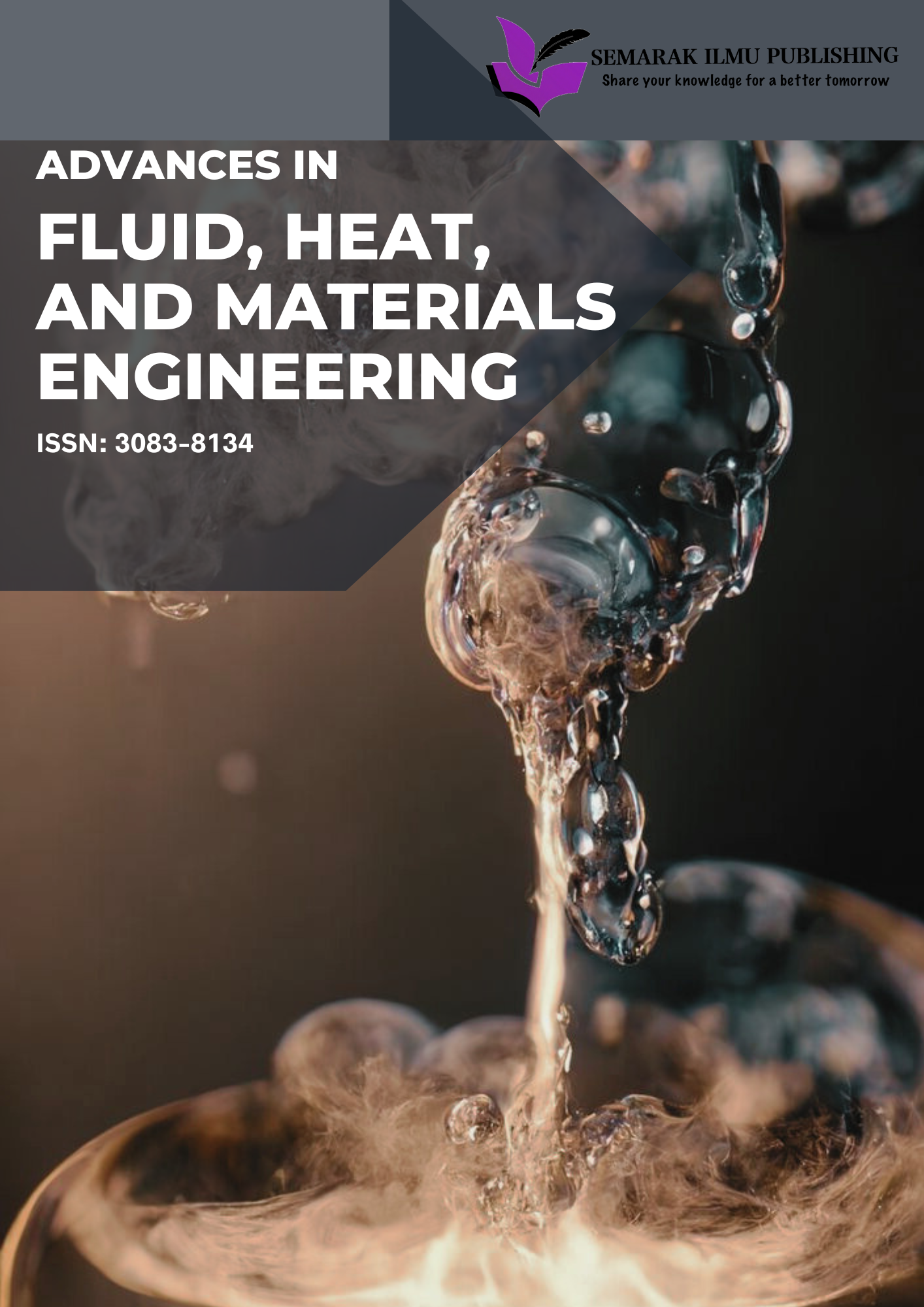Investigation of Component Structure Materials for the Development of a Small-Scale Wing-in-Ground Effect (WIG) Craft
Keywords:
WIG craft materials, Wing-in-Ground (WIG) effect, ground effect vehicles, WIG craft fabricationAbstract
A Wing-in-Ground Effect (WIG) craft is a vehicle resembling an aircraft that operates using the ground effect phenomenon. This phenomenon occurs when lift force is enhanced as the craft’s wings glide close to the earth’s surface, either water or ground within a two-meter height boundary. Although well-documented in aeronautics, the fabrication of WIG crafts remains in its early stages, with limited research on the materials suitable for constructing these hybrid air-ground vehicles. This research investigates the mechanical performance of four materials for WIG craft components: Carbon Fiber Reinforced Polymer (CFRP), Glass Fiber Reinforced Polymer (GFRP), Aluminum Alloy 7075-T6, and Inconel 718 Alloy. Using SolidWorks Simulation software, static tests were performed to evaluate stress, strain, and displacement across key components, including the fuselage, wings, engine mount, and tail structures. The results revealed that CFRP, with its exceptional strength-to-weight ratio, is the most suitable material for the fuselage and wings, ensuring structural integrity and aerodynamic efficiency. Aluminum Alloy 7075-T6 was selected for the horizontal and vertical tail structures due to its strength and durability. Inconel 718 Alloy, with its superior resistance to high temperatures and mechanical stress, was identified as the optimal material for the engine mount. These findings establish a practical framework for material selection in WIG craft development. Recommendations for future research include exploring alternative materials, optimising component design, and conducting experimental validations to enhance the robustness and efficiency of WIG craft fabrication.









